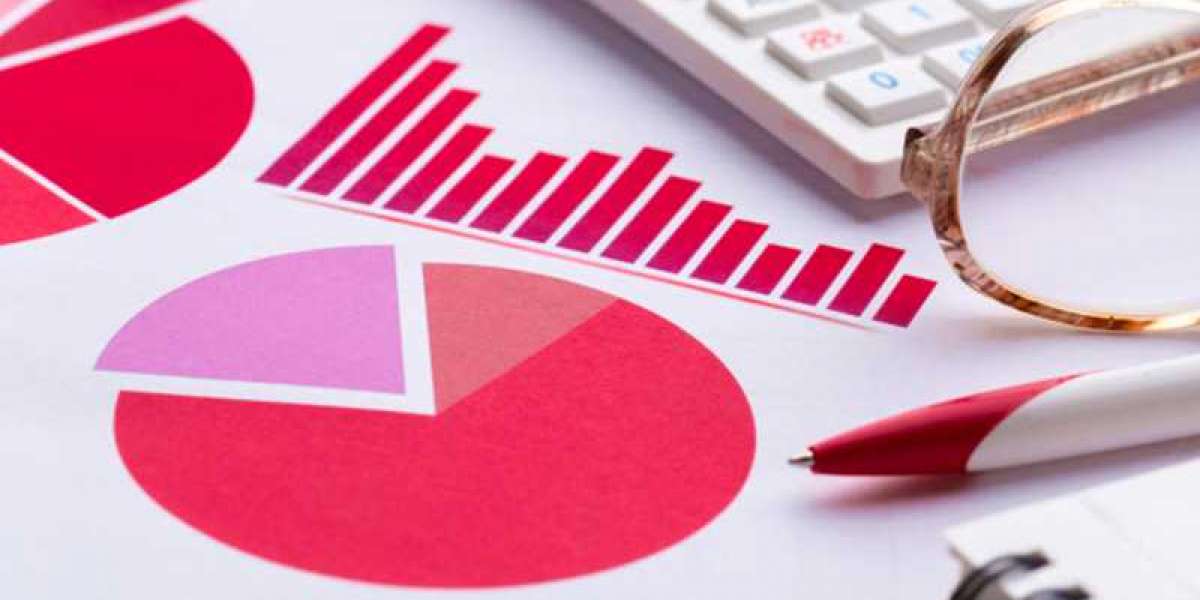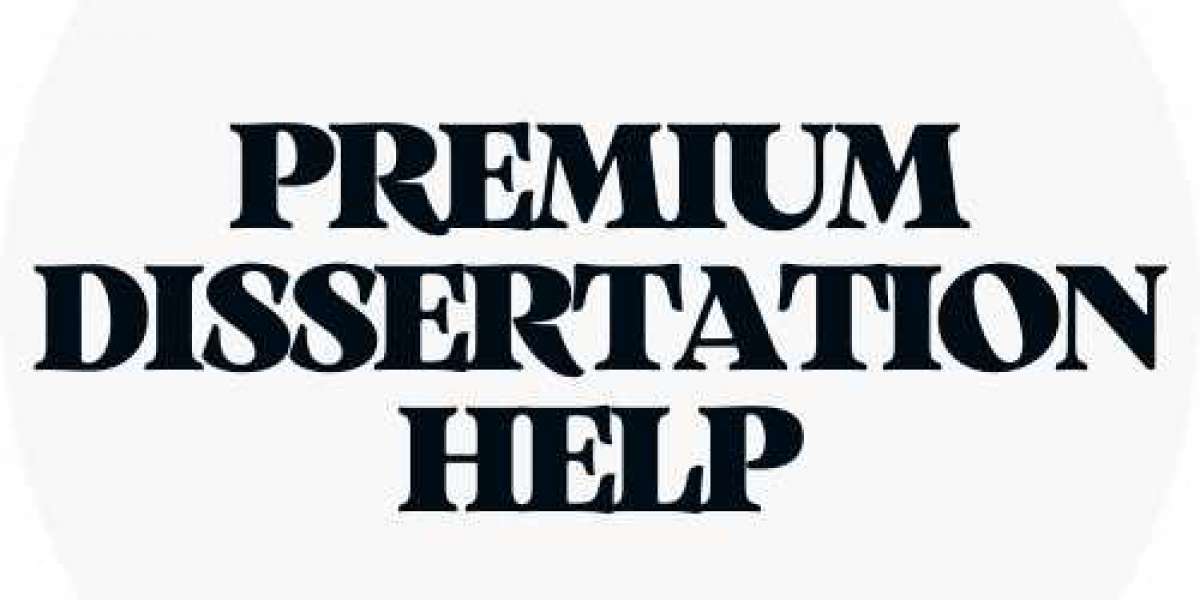
The oil and gas industry is subject to a significant amount of regulation, with laws that are perpetually being made more stringent while also being subject to continuous change. As a result of significant events in recent years, such as the disaster at the Deepwater horizon, safety and the protection of an organization's reputation have both emerged as some of the most pressing concerns in the industry. Keeping this in mind, the most important thing that needs to be done is to make sure that all of the regulatory requirements are satisfied and that these Pre-Shipment Inspection standards are kept up to date.

The objective of this article is to provide an overview of what a quality inspection control inspection is with regard to oil and gas, as well as its processes, popular variations, and finally, the value that it brings to an organization as a whole.
For what reason are checks on the oil and gas that are purchased conducted to ensure their quality?
Because of the potential danger that can be posed by oil and gas if they are not managed or handled in the appropriate manner. Any process that is carried out by an organization must contain the management of quality as one of its essential components. There are checks in place for quality control to ensure that the protocols, equipment, and training are all up to the required standards that have been established by the relevant authorities. The provision of a shield against potential accidents or hazardous situations, the protection of the onsite team, and the protection of the reputation of the company are all included in this aspect of the service.

Inspections of varying kinds for pre shipment inspection china control that are carried out on upstream oil and gas production
In the oil and gas industry, there is a wide variety of inspection procedures that can be chosen from in order to find the one that is best suited to a particular set of circumstances. The process of quality control is assisted by the use of the five practices that are listed below. These practices are considered to be industry standards.
1. Visual Examinations and Observations
The examination of machinery to determine whether or not it contains flaws is the most common application of this effective and inexpensive testing method. In order to identify any instances of structural failure, faulty welding, corrosion, or cracks, an experienced technician travels to the location and performs a thorough inspection of it. In order for even the most basic conditions to be monitored and for corrective actions to be taken before potentially hazardous conditions can arise.
2. Examinations of the Premises and the Tools Used in the Production of the Goods
When factories and their machinery are inspected, the machinery that is found within the factories is subjected to a battery of exhaustive tests in order to ensure that each and every piece of machinery is free of defects. This includes testing the functionality of the equipment in accordance with the procedures that were pre-arranged with the supplier prior to the start of the project. This can be accomplished through either preplanned or random inspections, with the goal of ensuring that best practices are being adhered to at all times.
In addition to this, the specifications of the equipment are carefully monitored to ensure that no alterations have been made to it before receiving permission to do so. This is done to ensure that no unauthorized changes have been made. This encompasses both the physical and digital components of the system. The findings of these tests make it possible for businesses to offer items to customers that are risk-free, reliable, and free from flaws.
3. The Final Random Inspections, which are also referred to by their acronym FRI
Final Random Inspections, also referred to as FRIs, are an absolute requirement for observing and evaluating any and all chemical and physical tests. These inspections are also known as FRIs. As a part of this process, inspections are performed to check the conformity of product packaging, as well as color codes and the actual packaging process itself. To ensure that each and every one of these satisfies the requirements of the customer, each and every one of them is evaluated and tested. Following evaluation, the results of the tests are compiled and presented in the form of a report. If the report finds that the inspection was carried out successfully, then a certificate will be issued to the person who requested it.
4. Inspections carried out before the shipment is sent out
Inspections carried out before the shipment of any goods make certain that the goods comply with all applicable safety standards and are not dangerous. These inspections ensure that the goods are not hazardous. This requires inspectors to take random samples of the goods once they are fully packaged (in this case, oil), and then use pre-arranged tests to ensure that the goods are safe for transport and comply with the regulations that have been set forth by the government. This process is required in order for the goods to be shipped. Everyone who is involved in the transportation of oil and gas products can finally kick back and enjoy themselves as a result of this. The safety of the general populace as well as the upkeep of the organization's stellar reputation are of the utmost importance.
5. Audits of the noise levels produced by the equipment
Acoustic emissions have the capability of locating rarefaction waves, which are waves that are produced when there is a leak in a pipeline. Acoustic emissions are able to do this. There is a movement of negative pressure waves in both directions along the line whenever something like this takes place. This inspection method is useful for locating leaks in pipelines, which enables quick repairs to be carried out after the leaks have been discovered.
6. Additional Checks to Ensure Quality
In addition to the services that have been described thus far, it is possible that additional inspections that are of a more specialized nature will be necessary. This only applies in specific situations, such as when inspection specialists are required to hold particular industry qualifications in order for them to be able to carry out the inspections.
1) In-depth analyses of the component parts
2) Pipeline inspections as well as drilling for new pipelines
3) Pressure vessel inspections
4) Thorough examinations of the crane and all other lifting apparatus
5) Quality control checks on the welds being performed
The Crucial Role That Inspections Play in Ensuring Quality Control in the Oil and Gas Industry
Because of the precarious nature of the oil and gas industry, it is subject to stringent regulations, as was previously mentioned. These regulations aim to protect workers and consumers. As a consequence of this fact, quality control inspections can be carried out at any stage of the manufacturing process. Developing robust supplier inspection services plans to ensure that products comply with stringent industry standards and regulations, which will allow for consistent growth and increased productivity if done properly.
Mistakes and other types of failures can be the root cause of accidents as well as injuries. Workers are in danger, and companies stand to lose a sizeable amount of money as a direct consequence of this issue. It is absolutely necessary to be able to identify potential issues and find solutions to them before they even become a problem. Because of this, it is essential for the quality audit assurance of an organization that works within the oil and gas industry to conduct inspections on a consistent and stringent basis at regular intervals. In addition, inspections make it possible to develop comprehensive first article inspection supplier management systems. These systems, in addition to lowering the likelihood of unfavorable outcomes occurring, can save an organization both time and money.








